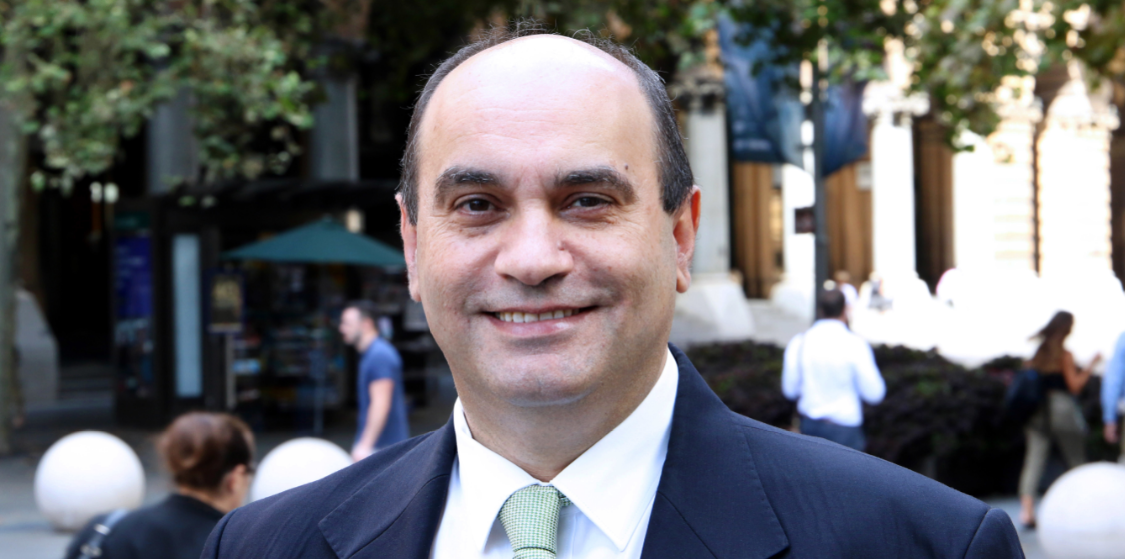An AMP executive has urged retirees to consider not just the benefits, but also the drawbacks, of reverse mortgage before applying for the amended Pensioners Loan Scheme.
The scope of the government’s Pensioners Loan Scheme was expanded in the 2018 federal budget to make it accessible to more retirees.
The revised scheme is open to full-aged pensioners and self-funded retirees, as opposed to just eligible pensioners, and the amount that can be borrowed has been raised to up to 150 per cent of the maximum fortnightly pension rate.
AMP said its modelling has revealed that a single person would be able to borrow up to $36,000 per year, while a couple could borrow up to $54,000 a year, paid in fortnightly instalments.
This means a single person on a full-age pension of $24,000 could borrow up to $12,000 against their home each year, bringing their total cash flow from the age pension and the loan to the maximum of $36,000, AMP explained.
With the amended Pensioners Loan Scheme set to come into effect on 1 July this year, AMP’s technical strategy manager, John Perri, has advised retirees to bear in mind both the pros and cons of taking out a reverse mortgage to ensure it’s suitable for their personal circumstances.
“A reverse mortgage allows retirees to increase their cash flow, while staying in the family home,” Mr Perri said.
“However, it won’t be right for everyone and there are many things retirees should weigh up before applying for the Pensioners Loan Scheme.”
One of the “most important” considerations, according to the AMP technical strategy manager, is that a reverse mortgage will reduce the value of the home when it is eventually sold – a risk that Moody’s Investors Service highlighted as well when revealing its new methodology for analysing reverse mortgage risks.
“Under the government’s Pensioners Loan Scheme, retirees are charged a compounding variable interest rate of 5.25 per cent per annum,” Mr Perri said.
“When the family home is sold, the amount owed will be deducted from the sale price of the home. Interest is added to the outstanding loan balance each fortnight until it is repaid in full. The longer it takes to repay the loan, the more interest is paid.”
Retirees must also keep in mind that the scheme could reduce the inheritance they pass on to their children if the succeeding generation is left to pay their outstanding loans, according to the AMP technical strategy manager.
“For retirees, the Pensioners Loan Scheme provides an opportunity to free up some equity that they have in their home. This may help bridge the funding gap while looking to secure aged care or while they await an ACAT assessment,” Mr Perri said.
“The downside is that their estate often will be left to pay the outstanding loan, potentially leaving less inheritance to the kids.
“Retirees should carefully consider their personal situation to work out if this is a viable option for them.”
[Related: Reverse mortgage risks not being explained to seniors: ASIC]
 ;
;
